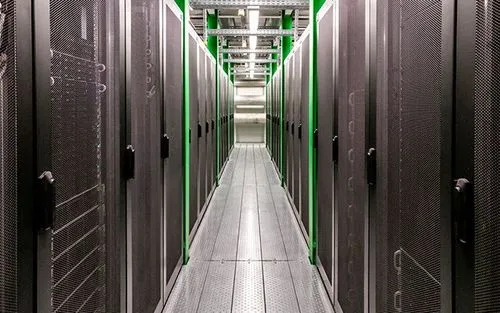Over the years, great technological advances have been developed, capable of adapting to the demands that arise on a daily basis.
When Web 1.0 appeared, it was at the time an innovative tool that gained great importance in the world, but with the sustained growth of those who used it, limitations began to appear, a situation that led to significant work on its expansion, resulting in Web 2.0, which is the current version in use and its main advance is the high capacity for dynamic interaction.
But, although it is broad in its functionality, the time is coming to take it beyond what is known today. Accordingly, Web 3.0 is being developed and deployed, which is the web of time and space. It is a semantic or intelligent web that will allow organizing the search for information and its content through intimate connections between the real world and the web so that the content will be recognized in context.
In addition, web 3.0 shows some support tools in training, allowing the development of environments that simulate classrooms, laboratories, class sessions, and even university plans. The situation that favors the emergence of this new web stage is the need for a more "intelligent" Internet in which users can make searches closer to the natural language, where the information yielded by the search will be more relevant thanks to the rules associated with the meaning of web content, offering intelligent searches closely linked to the needs and characteristics of users, as well as a growth of social communities on the network both in number and level of complexity.
On the other hand, the new functionalities of Web 3.0 require a much faster Internet, improving the possibilities for users to connect not only through desktop computers and laptops but also through cell phones, tablets, watches, and more devices.
Web 3.0, like the rest of the versions or stages of the Web, makes use of different technologies for its construction, the reason is that new technologies have had significant progress especially in content and application development, interactivity, graphic representation, storage, and data transmission.
Likewise, Big Data, Artificial Intelligence, and the Semantic Web are constructions that at this point support each other to make Web 3.0 something completely different from what has been seen so far.
Many specialists consider that blockchain is essential in this construction of Web 3.0 because it makes possible new levels of interaction. Of course, all this would not be possible without the development of new generation programming languages, microprocessors, and high-powered data processing devices that are currently available.
Finally, Web 3.0 sets the principles for creating a semantic and qualitative knowledge and information base, aiming to store user preferences (tastes, habits, connectivity, interactivity, usability, etc.) and, at the same time, combining them with the new technologies and existing content in social networks to meet the demands for information and facilitate access to digital content. Thus providing an essential tool for the acceptance, adoption, flow, and functionality for companies to build user loyalty with the brands that are presented on the Web and achieve the establishment of a direct, bidirectional, interactive, and constantly moving communication in response to habits and demands.









